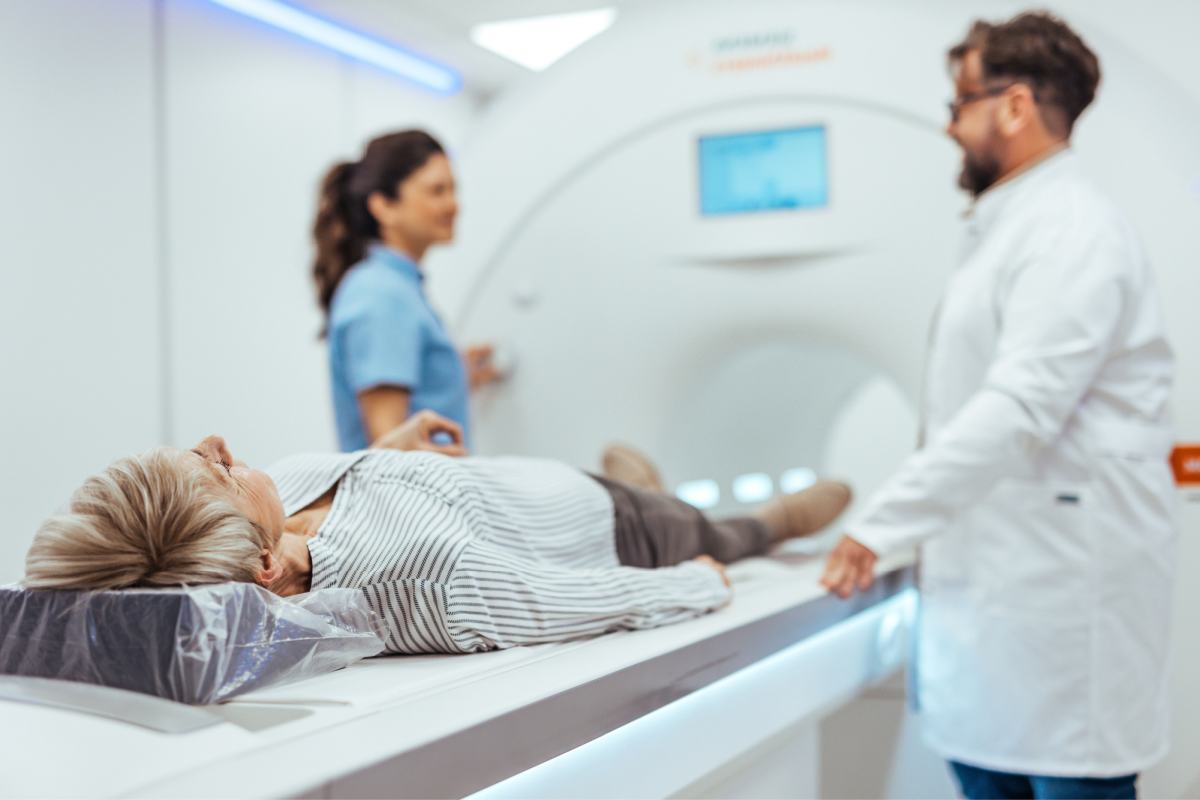A new report found that over half of the 32,518 Swedish men diagnosed with prostate cancer over a five-year period, chose to monitor their disease as opposed to opting for radiation therapy or surgery. The study – which was published in the journal, JAMA Oncology – suggests that active monitoring could be a safe choice for American prostate cancer patients as well.
Active surveillance uses regular physical exams, blood tests and biopsies to determine whether a prostate tumor is progressing before treatment options are considered. According to the researchers, low-risk patients can avoid treatment-associated side effects – including bowel and bladder incontinence as well as sexual dysfunction – by deciding to actively monitor their disease.
“The main conclusion here is that if the majority of men in Sweden have adopted this management strategy for very low- to low-risk prostate cancer, then more American men might choose this option if it were presented to them,” said lead study author Dr. Stacy Loeb, a urologist at NYU Langone Medical Center. Loeb and her colleagues collaborated with an international team of researchers to complete the study.
Between 2009 and 2014, the researchers found that the incidence of active surveillance among Swedish men diagnosed with very low-risk prostate cancer increased, from 57 to 91 percent. Similarly, in 2014, 74 percent of men with low-risk cancer chose this option, which was up from 40 percent in 2009.
What’s more, the percentage of men who chose the most passive option called watchful waiting, whereby patients forgo further testing and treatment until symptoms develop, decreased by over 50 percent. To complete the study, the researchers used data from Sweden’s National Prostate Cancer Register, a unique database with no current US equivalent.
“Our findings should encourage physicians and cancer care professionals in the United States to offer such close supervision and monitoring to their patients with low-risk disease,” said Loeb. “[Increased adoption of active surveillance] could go a long way toward reducing the harms of screening by minimizing overtreatment of non-aggressive prostate cancer.”
A recent study also showed no difference in mortality between men who chose active surveillance and those that chose treatment. According to Loeb, some men who chose to treat their early-stage prostate cancer have later regretted their decision because of long-lasting side effects.












Join or login to leave a comment
JOIN LOGIN